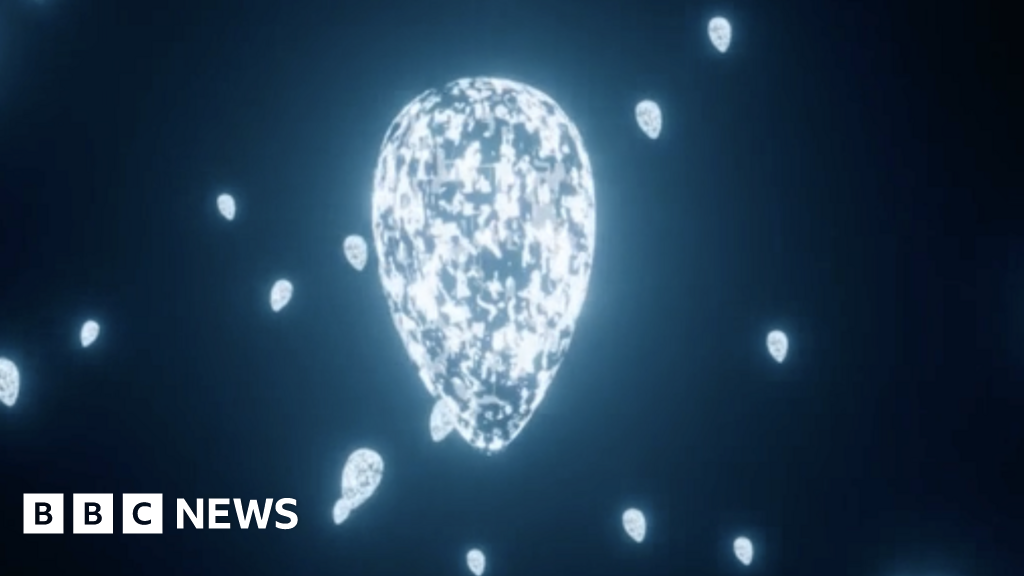tl;dr: maybe.
Experimental uncertainty still exists, and the error bars of the experiment still overlap with the error bars allowed by the Standard Model. Reproducibility in another facility also still required.
This is the best summary I could come up with:
Since then, the research team has gathered more data and reduced the uncertainty of their measurements by a factor of two, according to Dr Brendan Casey, a senior scientist at Fermilab.
In an experiment with the catchy name ‘g minus two (g-2)’ the researchers accelerate the sub-atomic particles called muons around a 15m-diameter ring, where they are circulated about 1,000 times at nearly the speed of light.
The researchers found that they might be behaving in a way that can’t be explained by the current theory, which is called the Standard Model, because of the influence of a new force of nature.
Dr Mitesh Patel from Imperial College London is among the thousands of physicists at the LHC attempting to find flaws in the Standard Model.
Prof Graziano Venanzoni, of Liverpool University, who is one of the leading researchers on the project, told BBC News that this might be caused by an unknown new force.
Researchers know that there is what they describe as “physics beyond the Standard Model” out there, because the current theory can’t explain lots of things that astronomers observe in space.
I’m a bot and I’m open source!



